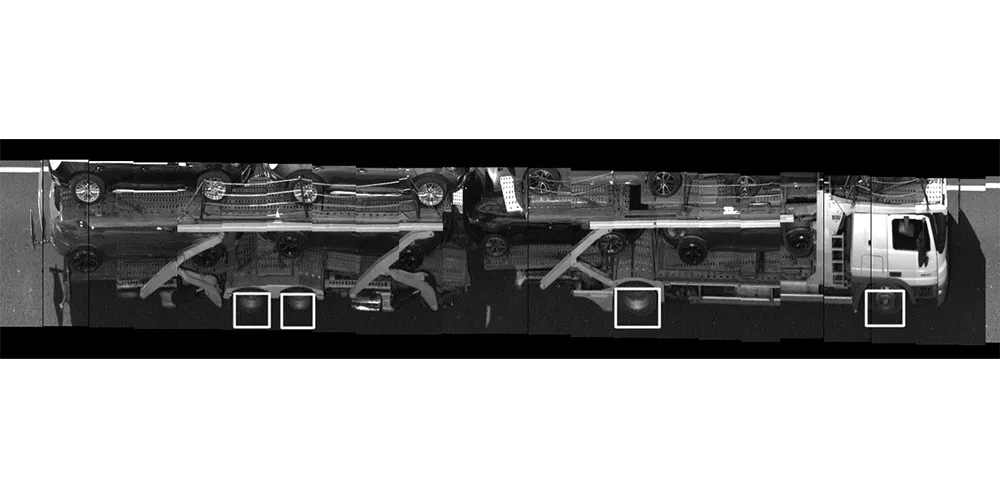Profectus is a central processing board that allows school signs and vehicle activated signs to be monitored and programmed to make the surrounding area safe during term time. Local authorities can monitor whether a school sign is activating from a web browser, equipped with a zoom pan map showing the exact location of each sign. Fault notifications are sent via a web browser, SMS or email, to reduce the possibility of a broken sign going unnoticed. Energy consumption and temperature can also be evaluated.
Through Profectus’ browser interface, bespoke timetables can be created and also features ‘special days’, which sends different alerts on weekends and off-peak times. It has a single range of 300m but the additional external radio can carry a signal up to 6km, with additional ‘dummy’ signs to target longer distances.
Zephyr, a cloud-based system, allows authorities flexibility over their assets, including variable message signs and trailer
The interface comes with Traffic Signs Regulations and General Directions 2016 rule checker to ensure that any free-hand messages comply with appropriate industry regulations.
Pan/zoom maps, enable each of the assets to be located and their status monitored such as the current messages displayed, schedules for any changes that are due, and red flags for any faults or errors that could impact the signs’ operation. The software also enables the segmentation of data to include traffic count or car park occupancy that can be detailed in a separate report.








